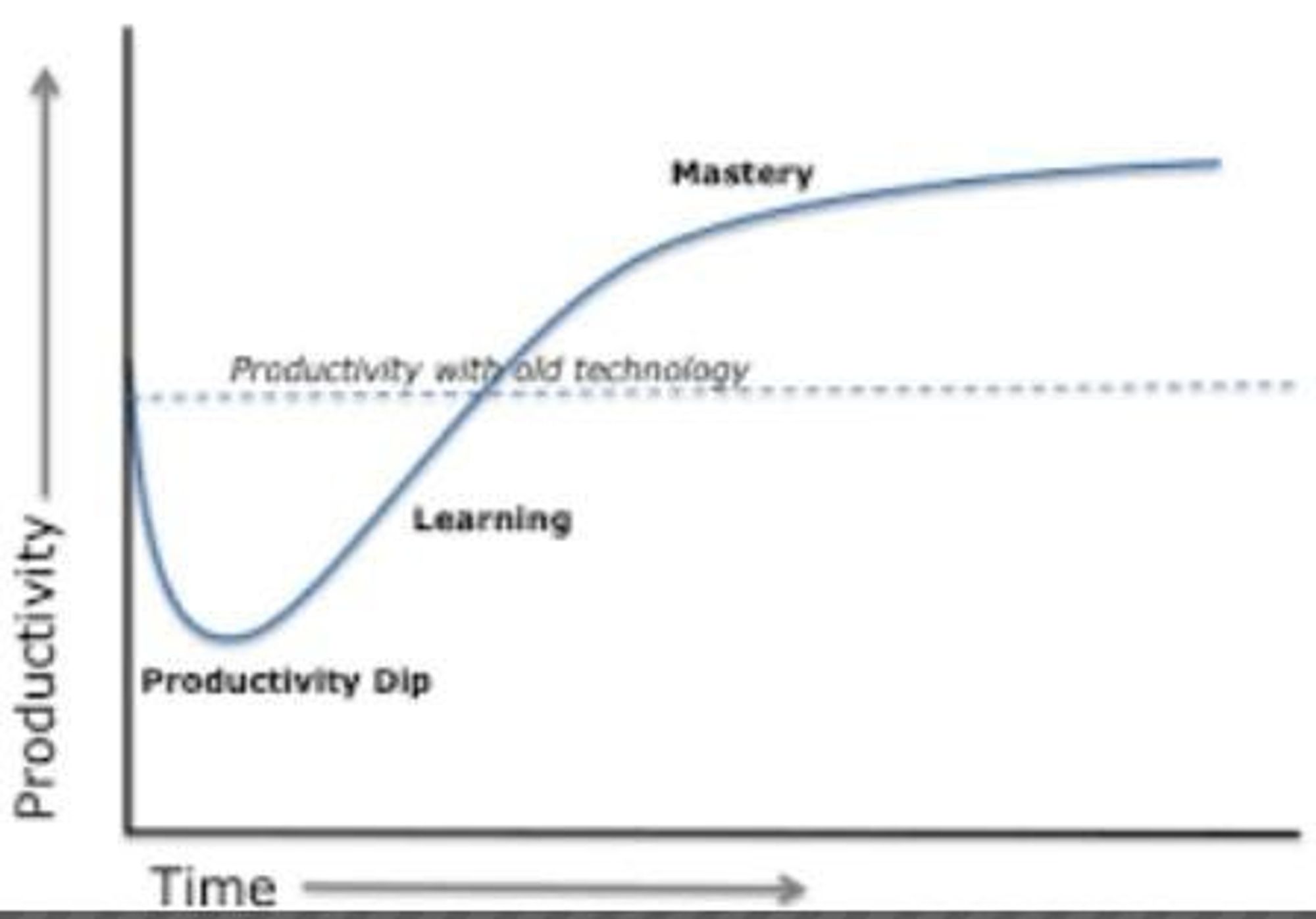

For HR professionals, there are many recruitment metrics, however, most do not provide the right value when measuring the effectiveness of the function. Typical measures focus on time to fill and agency costs. These measures often have many more questions than answers and if read incorrectly, may have a negative impact on the organisation when improved.
For example, if we notice that time to hire has increased, we may set a KPI to improve this measure. If we find later down the track that we performed so well on this metric, that it has improved by 20% from 70 to 56 days to fill, that would be wonderful! However, if not looked at from a wider perspective, this significant improvement can actually have a negative impact on the organisation.
Here are some recruitment metrics to consider when viewing this from a wider perspective:
1. New Starter Attrition: This metric focuses on new hire fit to the organisation and one way to measure this is to look at the number of permanent new hires within a 12-month window that have left the organization. Ideally, you would want to set a benchmark by role and review this at the end of each year to understand the significance.
For example, suppose an organization has noticed that its new starter attrition rate has been steadily increasing over the past few years. One way to better understand the root cause of this trend might be to compare the attrition rates of different cohort groups, such as new hires from different sources of hire or with different levels of experience.
This could help to identify any patterns or trends that could be used to inform strategies for improving employee fit and retention.

2. Time to Productivity: This metric measures the length of time it takes for new hires to become fully productive in their roles. To measure time to productivity effectively, it is important to consider the unique needs and expectations of different roles.
One way to do this is to implement a job family framework, which groups roles with similar skills and responsibilities together. This can provide a more accurate and nuanced view of productivity, as it allows organizations to compare the performance of new hires within similar roles.
To enhance this measure, organisations can consider using machine learning to better understand how to attract and assess potential performers during the recruitment process, or prior to probation. Additionally, organisations can track time to productivity over time to identify trends and areas for improvement. For example, an organisation might compare the time to productivity of new hires in a particular role in different time periods to see if there have been any changes in performance.
3. Time to Onboard: This metric measures the length of time it takes for new hires to become fully onboarded and ready to start work. The onboarding process can be complex, particularly for roles that require a high level of technology proficiency. To optimize productivity in the first couple of months, it is important to identify and address any bottlenecks in the onboarding process.
One way to track time to onboard is to use digital checklists that outline the tasks and responsibilities that need to be completed as part of the onboarding process. By tracking the progress of new hires through these checklists, organisations can identify any areas where the onboarding process may be taking longer than expected, and take steps to streamline and optimise the process.
Additionally, organisations can track time to onboard over time to identify trends and areas for improvement. For example, an organization might compare the time to onboard of new hires in different time periods to see if there have been any changes in performance.
I hope you found this useful. I will be posting regularly so stay tuned. If you want additional content, check out Analytics Roundtable, to stay up to date with the latest technology and chat with others.

The High Cost of Employee Turnover
It has never been easier for employees to find new jobs. What is the cost of regretted turnover?

Generating HR Insights
Your team will require a few different skills to optimise the impact and frequency of workforce insights.